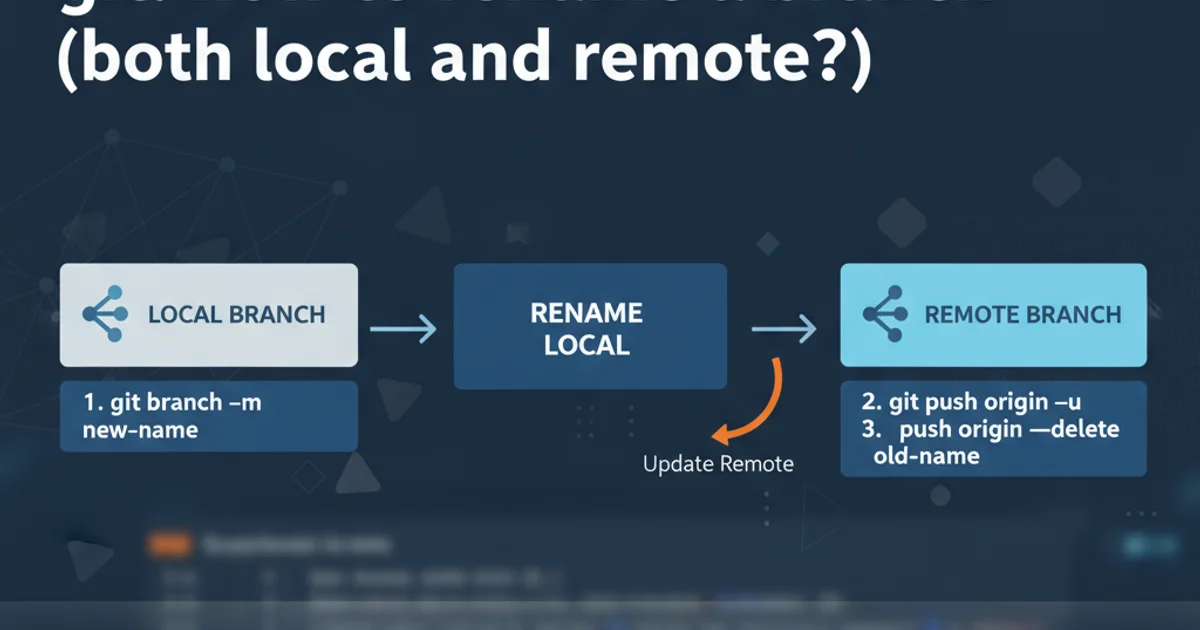Mixing Elixir and Erlang?
Categories:
Seamless Integration: Mixing Elixir and Erlang in Your Projects

Discover how to effectively combine Elixir and Erlang codebases, leveraging the strengths of both languages within the Erlang Virtual Machine (BEAM) ecosystem for robust and scalable applications.
Elixir, a dynamic, functional language designed for building scalable and maintainable applications, runs on the Erlang Virtual Machine (BEAM). This unique relationship means that Elixir code can seamlessly interact with Erlang code, and vice-versa. This article explores the practical aspects of mixing Elixir and Erlang in a single project, enabling developers to leverage existing Erlang libraries, integrate with legacy systems, or utilize specific Erlang features not yet idiomatic in Elixir.
Understanding the BEAM Ecosystem
The foundation of Elixir's interoperability with Erlang lies in the BEAM. Both languages compile down to the same bytecode, allowing them to share processes, data structures, and the entire runtime environment. This deep integration means that calling an Erlang function from Elixir is as straightforward as calling an Elixir function, with only minor syntactic differences. This shared runtime is a significant advantage, fostering a rich ecosystem where libraries from both languages are readily available.
flowchart TD
A[Elixir Code] --> B(Elixir Compiler)
C[Erlang Code] --> D(Erlang Compiler)
B --> E[BEAM Bytecode]
D --> E
E --> F(Erlang Virtual Machine)
F --> G[Shared Runtime & Processes]
G --> H[Elixir Application]
G --> I[Erlang Application]
H -- Interoperates --> IHow Elixir and Erlang code compile and run on the BEAM
Calling Erlang from Elixir
Calling Erlang modules and functions from Elixir is straightforward. Erlang modules are represented as atoms in Elixir, and functions are called using the colon operator (:). This allows you to directly invoke any exported Erlang function. You can also use Erlang's built-in functions (BIFs) directly. This capability is crucial for accessing low-level Erlang features or integrating with established Erlang libraries.
# Calling an Erlang module function
:io.format("Hello from Erlang!~n", [])
# Calling an Erlang BIF
pid = :erlang.self()
IO.puts("Current process PID: #{inspect(pid)}")
# Using an Erlang library function
# Assuming 'crypto' is available
random_bytes = :crypto.strong_rand_bytes(16)
IO.puts("Random bytes: #{inspect(random_bytes)}")
Examples of calling Erlang functions from Elixir
:my_module), and Erlang strings are typically binaries in Elixir. Pay attention to data type conversions, especially for complex data structures.Calling Elixir from Erlang
Invoking Elixir code from Erlang is equally simple. Elixir modules are also represented as atoms in Erlang. To call an Elixir function, you use the standard Erlang function call syntax. This allows Erlang applications to leverage Elixir's syntactic sugar, metaprogramming capabilities, or specific Elixir libraries. For example, you might want to use Elixir's Ecto for database interactions within an Erlang application.
-module(my_erlang_module).
-export([call_elixir/0]).
call_elixir() ->
% Assuming an Elixir module 'MyElixirModule' with a 'greet' function
% Elixir functions are typically lowercase in Erlang calls
ElixirResult = 'Elixir.MyElixirModule':greet("Erlang"),
io:format("Result from Elixir: ~p~n", [ElixirResult]),
ok.
Example of calling an Elixir function from Erlang
defmodule MyElixirModule do
def greet(name) do
"Hello, #{name}! This is Elixir speaking."
end
end
The corresponding Elixir module MyElixirModule
Elixir., e.g., 'Elixir.MyModule'. Function names in Elixir are usually snake_case, but when called from Erlang, they are invoked directly as they appear in Elixir.